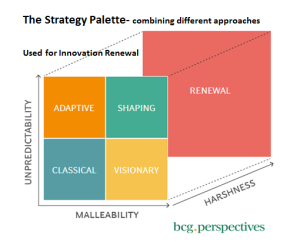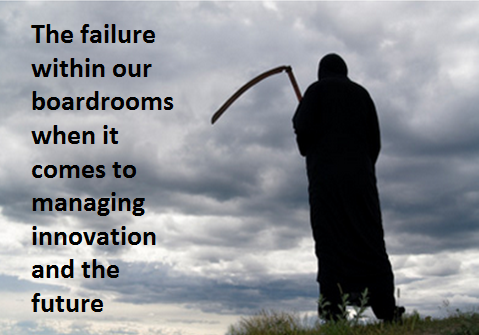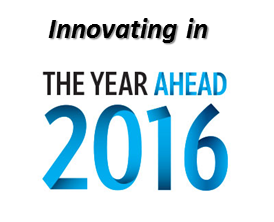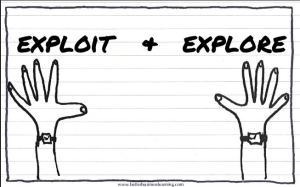 So after a fairly ‘dark’ period for me, of absorbing and reflecting on a series of reports, each indicating that innovation and its management understanding is not as deeply understood in the boardroom as it should be, you need to respond.
So after a fairly ‘dark’ period for me, of absorbing and reflecting on a series of reports, each indicating that innovation and its management understanding is not as deeply understood in the boardroom as it should be, you need to respond.
This seems an appropriate time to begin to rethink and explain innovation, partly in this need to fight these “immune systems” in fresh ways and partly to redrawn, re-frame and renew the value of innovation; in how it can help organizations going forward in very volatile times.
So let’s shine some light on new ways or even recognized paths for innovation to re-enter the thinking within our corporate boardrooms, in different ways that might resonate more in these more ‘dynamic’ times.
I like this organizing framework shown above, it can allow us to gain a revised understanding of how innovation can be mobilized in different ways, to give value in dealing with these different forces to help move you towards a growing level of renewal.
So I want to begin a series of posts around positioning innovation frameworks, tools or approaches that build the boardroom “innovation toolkit” to deal in both the predictive and unpredictive environments. The suggestions that will be offered are designed to help tackle the disruptive forces swirling around the business that are rising, increasing the uncertainties to future invest. It is attempting to address the concerns on how to organize the “forces of innovation” to combat them, to raise the confidence level in the boardroom to ’embrace’ innovation far more than seemingly the case today.








